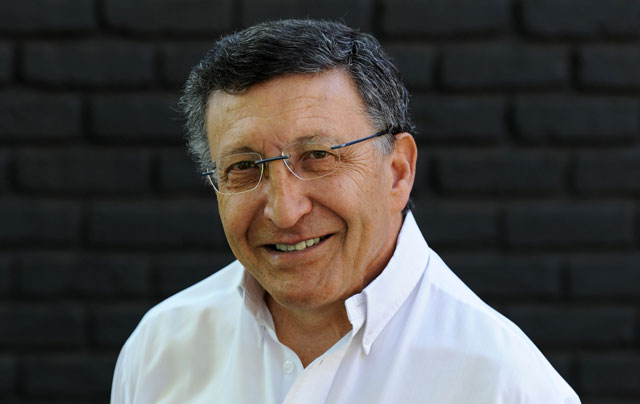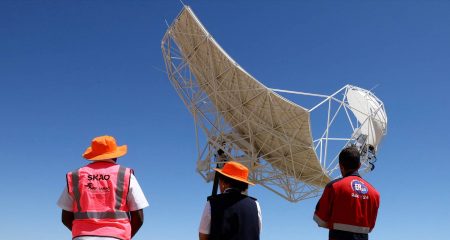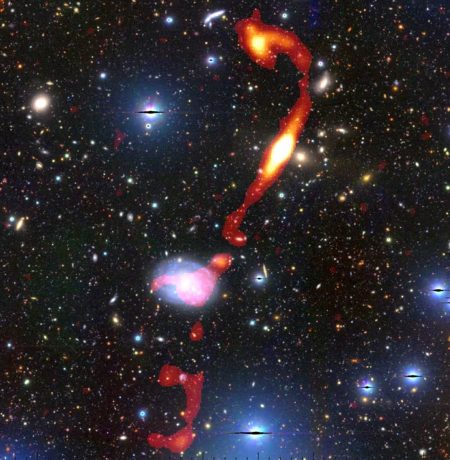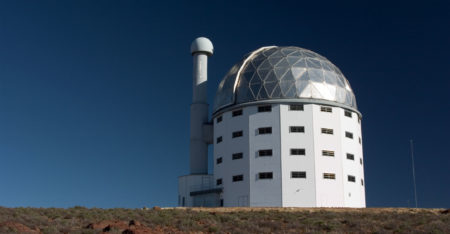
The Square Kilometre Array (SKA) radio telescope is one of the most exciting science projects of the century, project director Bernie Fanaroff said on Tuesday.
“The science is as evolutionary and exciting as the work being done at Cern (European Organisation for Nuclear Research),” he told delegates at a New Age breakfast in Johannesburg.
“It can really turn around the way the world sees South Africa and the way the world sees Africa.”
Fanaroff said the benefits of the project would not be handed to the country on a plate, and that a lot of hard work would have to be put in to achieve recognition and reward.
He said the project had the potential to bring in Nobel prizes for individuals who could solve certain mysteries of the universe.
The SKA project would be the most powerful radio astronomy telescope in the world upon completion. Construction was set to start in 2017.
The telescope is described as a big mirror which reflects radio waves from space onto sensitive radio mirrors.
Fanaroff said the MeerKAT project in the Karoo was already doing this and would be incorporated into the SKA. The MeerKAT looked at certain objects in the universe through 64 “mirrors” connected to each other by optical fibre. Radio waves were fed into a digitiser and computers were able to make a picture of certain phenomena.
The SKA project would consist of 3 000 “mirrors”.
From 2017, 190 dishes would be built in the Karoo. In Australia, 60 dishes would be built, as well as low-frequency arrays. Dense aperture arrays, spanning 60m each, would be built in the Karoo in 2020.
The project had a number of objectives. “A key objective is to make science and engineering technology so exciting that they [young people] really want to study it,” Fanaroff said. There was also potential for the country to become a leader in certain technologies and new industries. — Sapa




